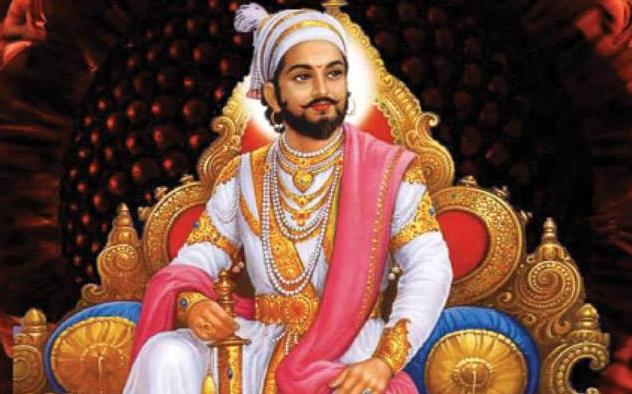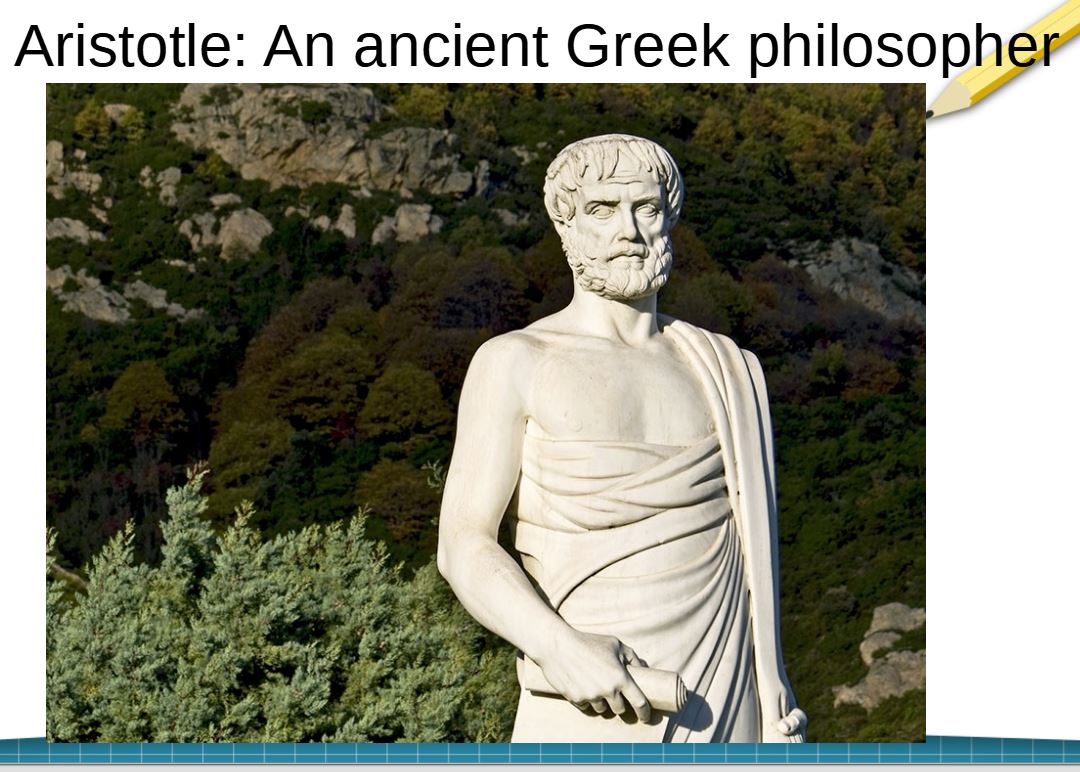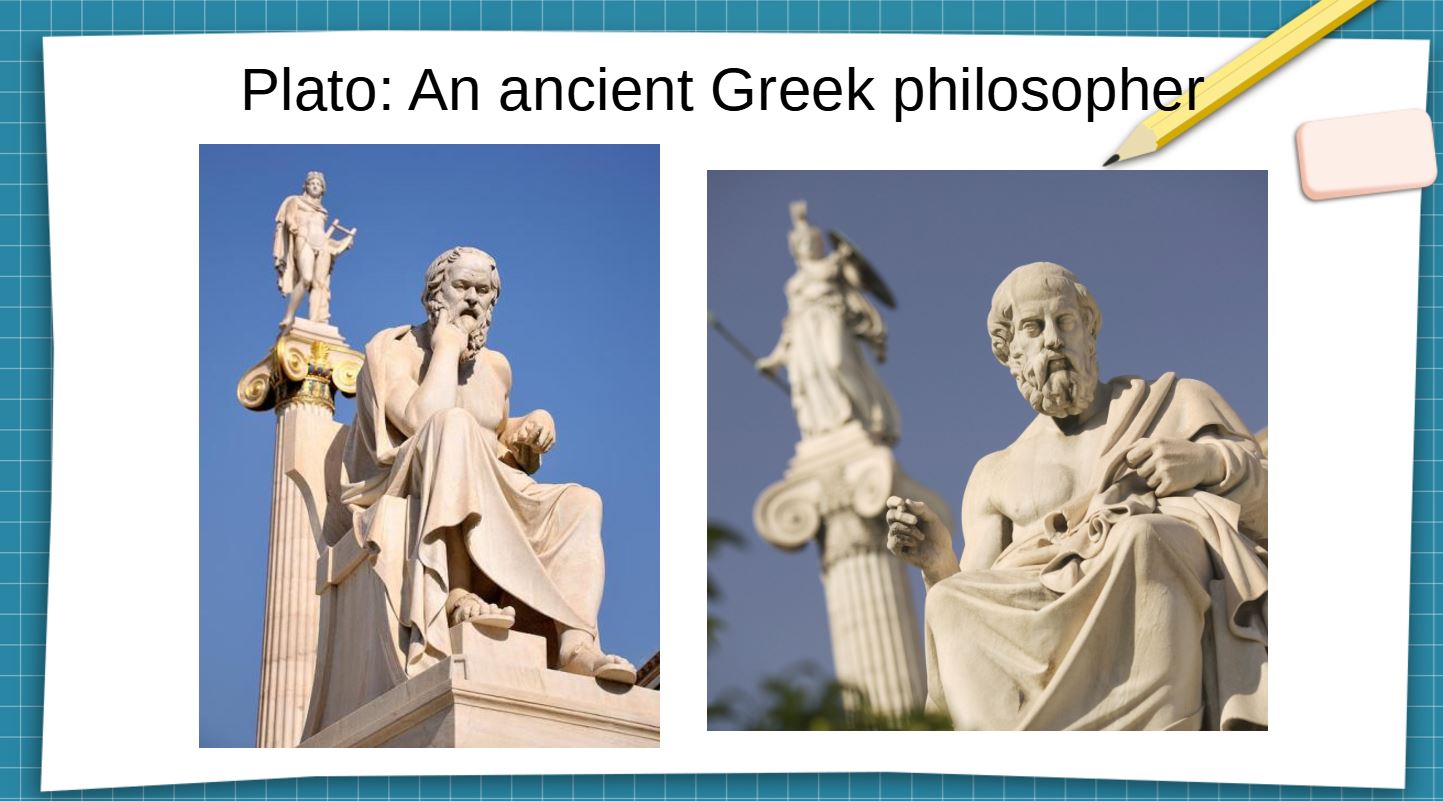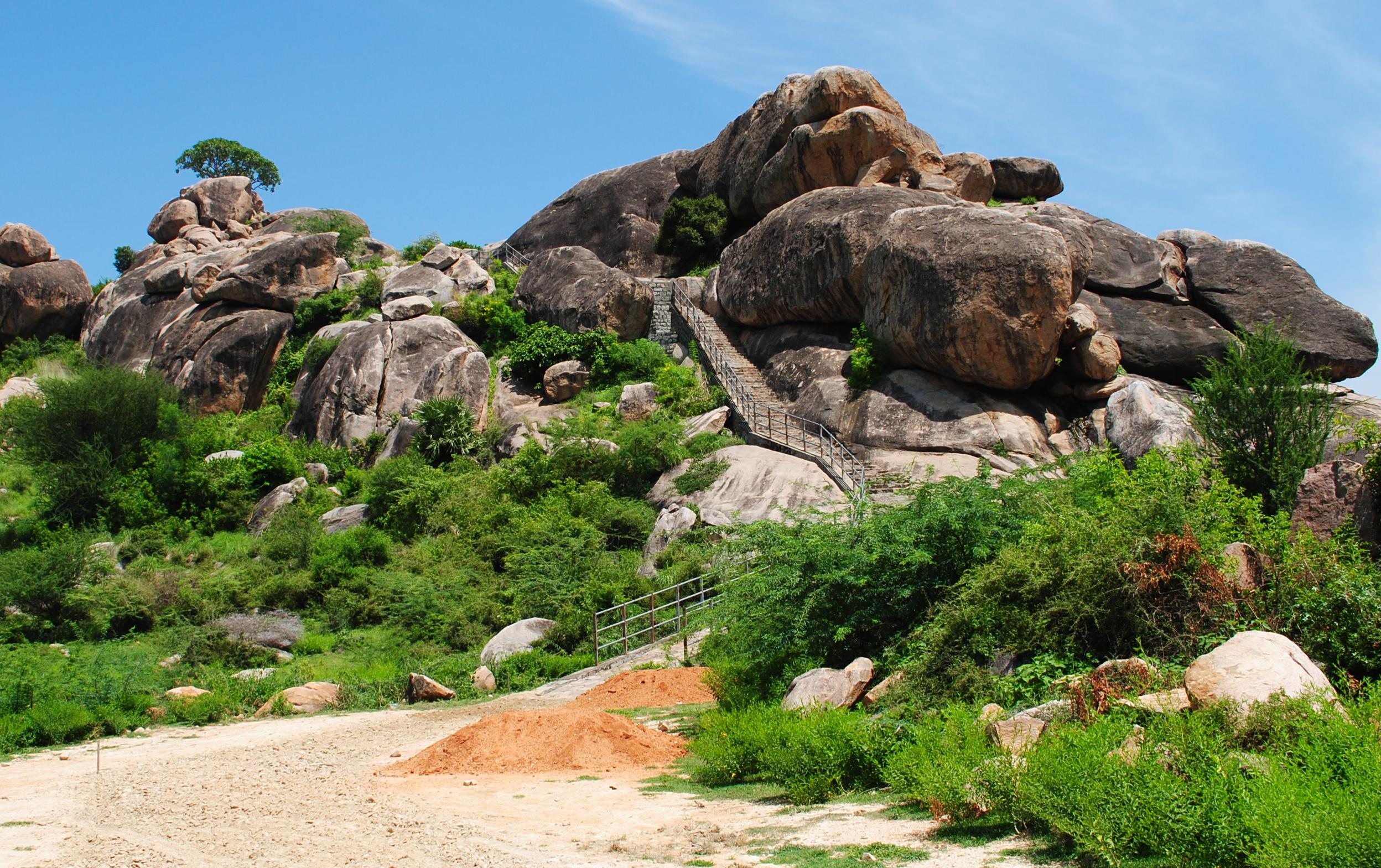Updated By: LatestGKGS Desk
Shivaji: profile, early life, administration, wars and governance

The rise of Marathas and Shivaji
Beginning of 17th-century witnessed the rise of new Warrior class Marathas when the Bhonsle family of the Poona district got military as well as a political advantage by Ahmadnagar kingdom that gets the advantage of being local. Therefore, they took privileges and recruited a large number of Maratha sardas and soldiers in their armies. Shivaji was the son of Shahji Bhosle and Jija Bai.
Important wars of Shivaji’s Life
- Conquest of Torana: It was the first fort captures by Shivaji as Chieftain of Marathas which led the foundation of his ruling attributes of valor and determination at the age of 16. This conquest drives him to capture another like Raigarh and Pratapgarh.
- Conquest of Kondana fort: It was under the control of Nilkanth Rao. It was fought between Tanaji Malusare, a commander of Maratha ruler Shivaji and Udaybhan Rathod, fortkeeper under Jai Singh.
Coronation of Shivaji: In AD 1674, Shivaji declared himself as the independent ruler of Maratha Kingdom and crowned as Chhatrapati at Raigarh. His coronation symbolizes the rise of people who challenge the legacy of Mughal’s. After the coronation, he gets the title of ‘Haidava Dharmodharka’ (Protector of Hindu faith) of newly formed state of Hindavi Swarajya. This coronation gives a legitimate right to collect land revenue and levy tax on the people.
Alliance with Qutub Shahi rulers Golconda: With the help of this alliance, he led the campaign into Bijapur Karnataka (AD 1676-79) and conquered Gingee (Jingi), Vellore and many forts in Karnataka.
Shivaji’s administration
Shivaji’s administration was largely influenced by Deccan administrative practices. He appointed eight ministers who were called ‘Astapradhan’ who assists him in the administrative helm of affairs.
- Peshwa were the most important ministers who looked after the finance and general administration.
2. Senapati (sari-i-naubat) was one of the leading Marathas chiefs which were basically posted of honor.
3. The Majumdar was an accountant.
4. The Wakenavis is one who looks after the intelligence, post and household affairs.
5. The Surnavis or chitnis assist the king with his correspondence.
6. The Dabir was the master of ceremonies and helps the king in his dealing with foreign affairs.
7. The Nayayadish and Punditrao were in charge of justice and charitable grants.
8. He levies a tax on the land which was one-fourth of the land revenue i.e. Chauth or Chauthai.
9. He was not only proved to be an able general, a skillful tactician, and shrewd diplomat, he also laid the foundation of a strong state by curbing the power of the deshmukhi.
Hence, the rise of Marathas was due to economic, social, political and institutional factors. To that extent, Shivaji was a popular king who represented the assertion of popular will in the area against Mughal encroachment. Although, Marathas were ancient tribes 17th century give them space to declare themselves as ruler.


